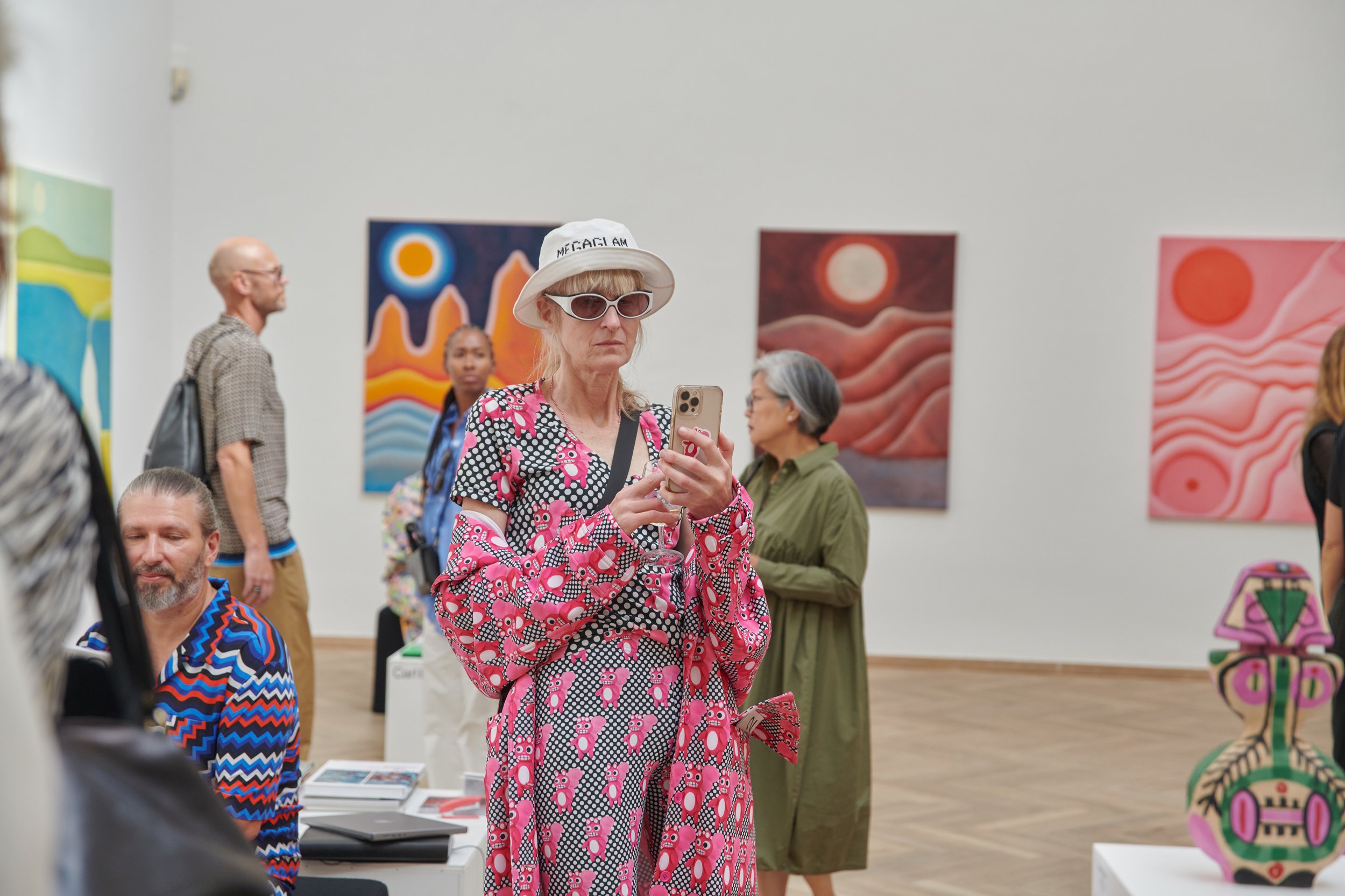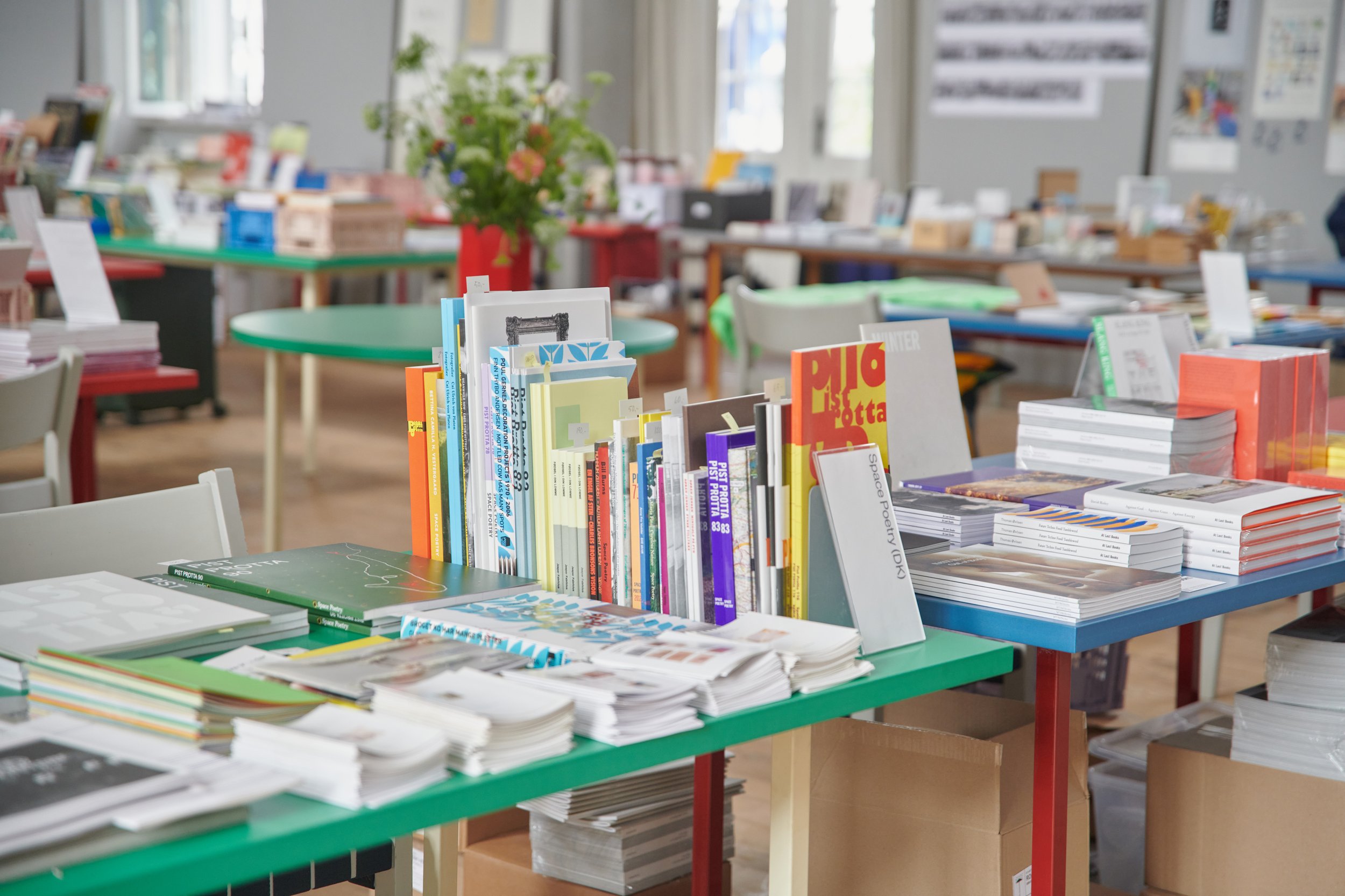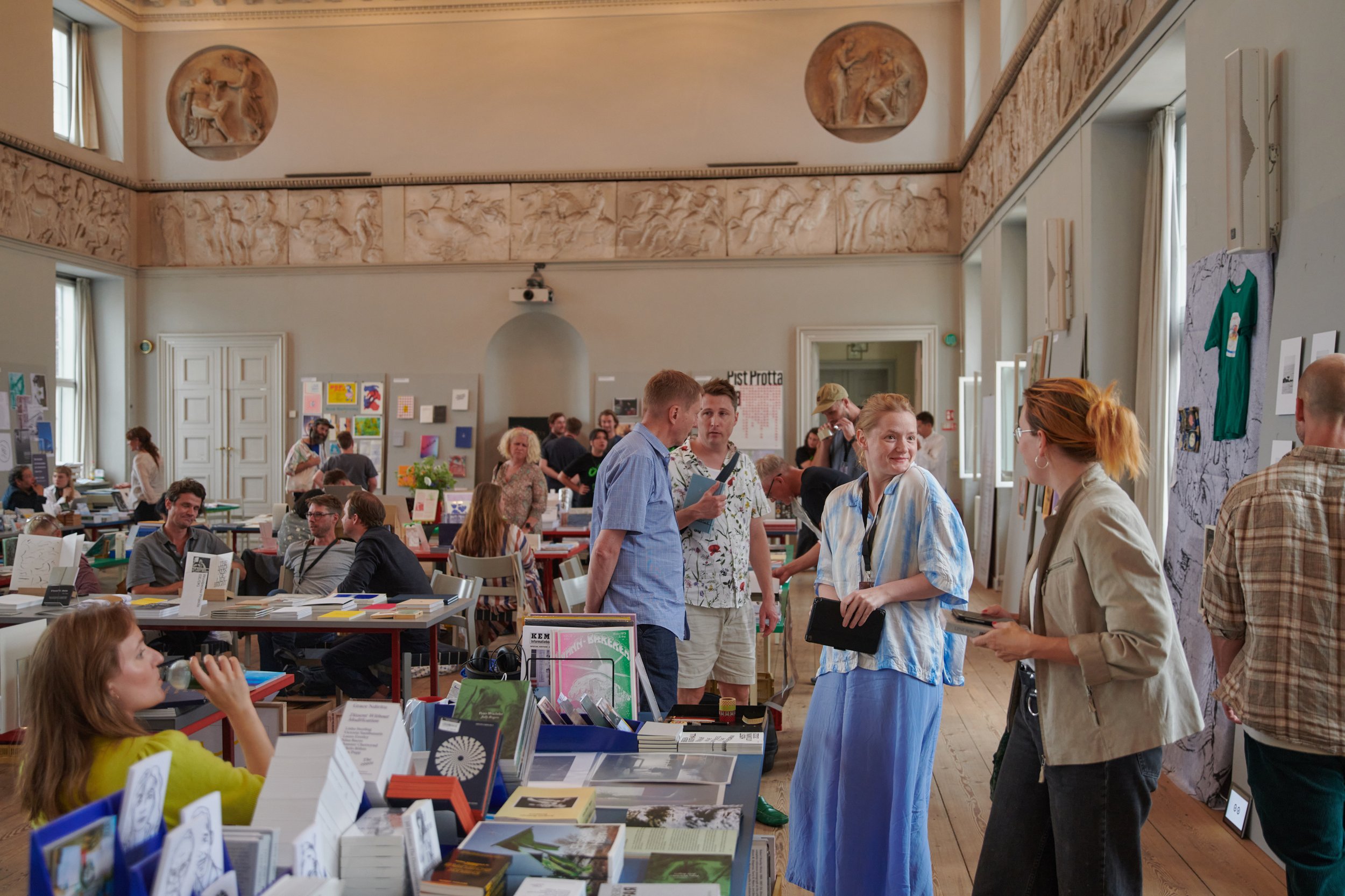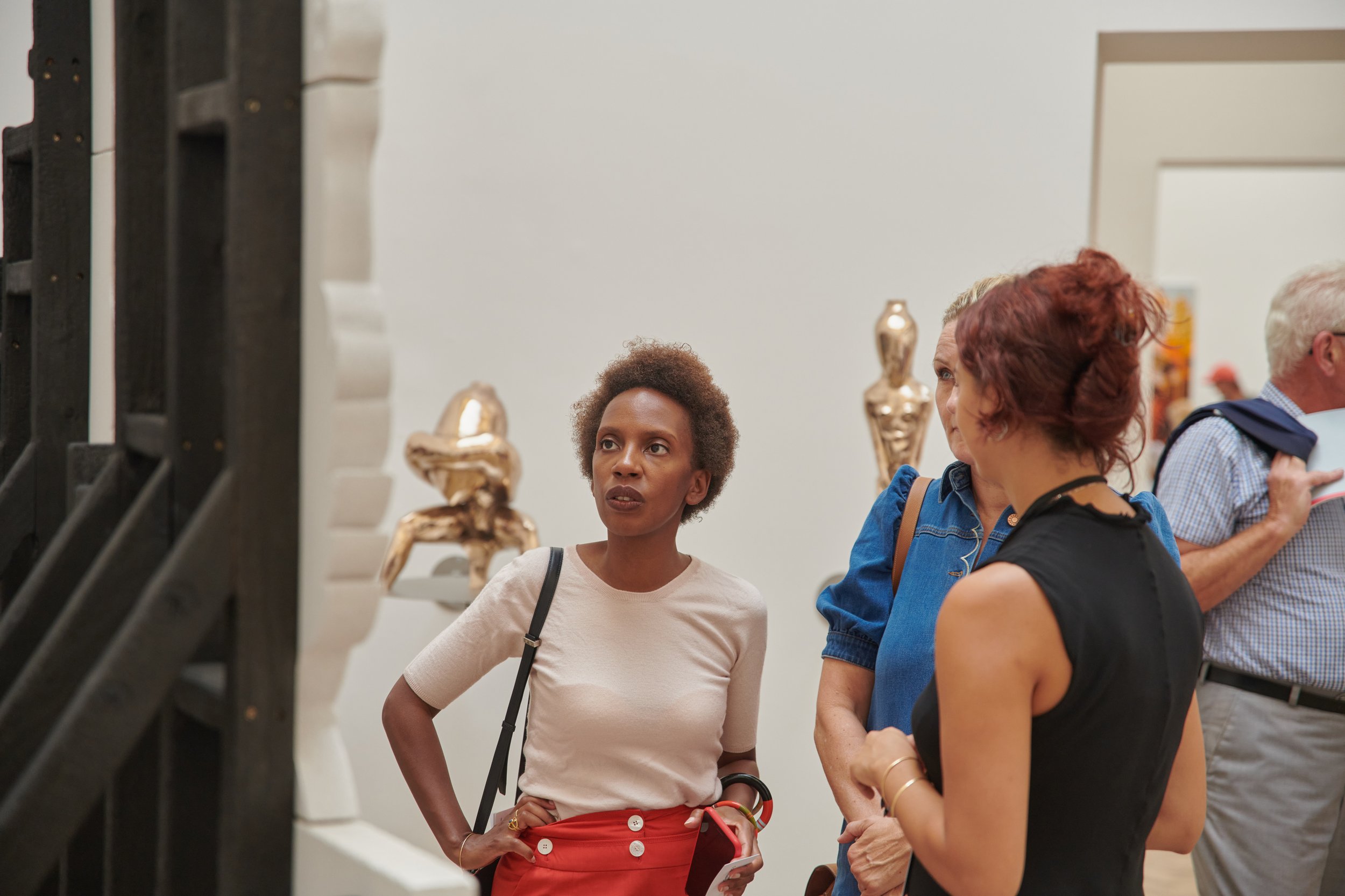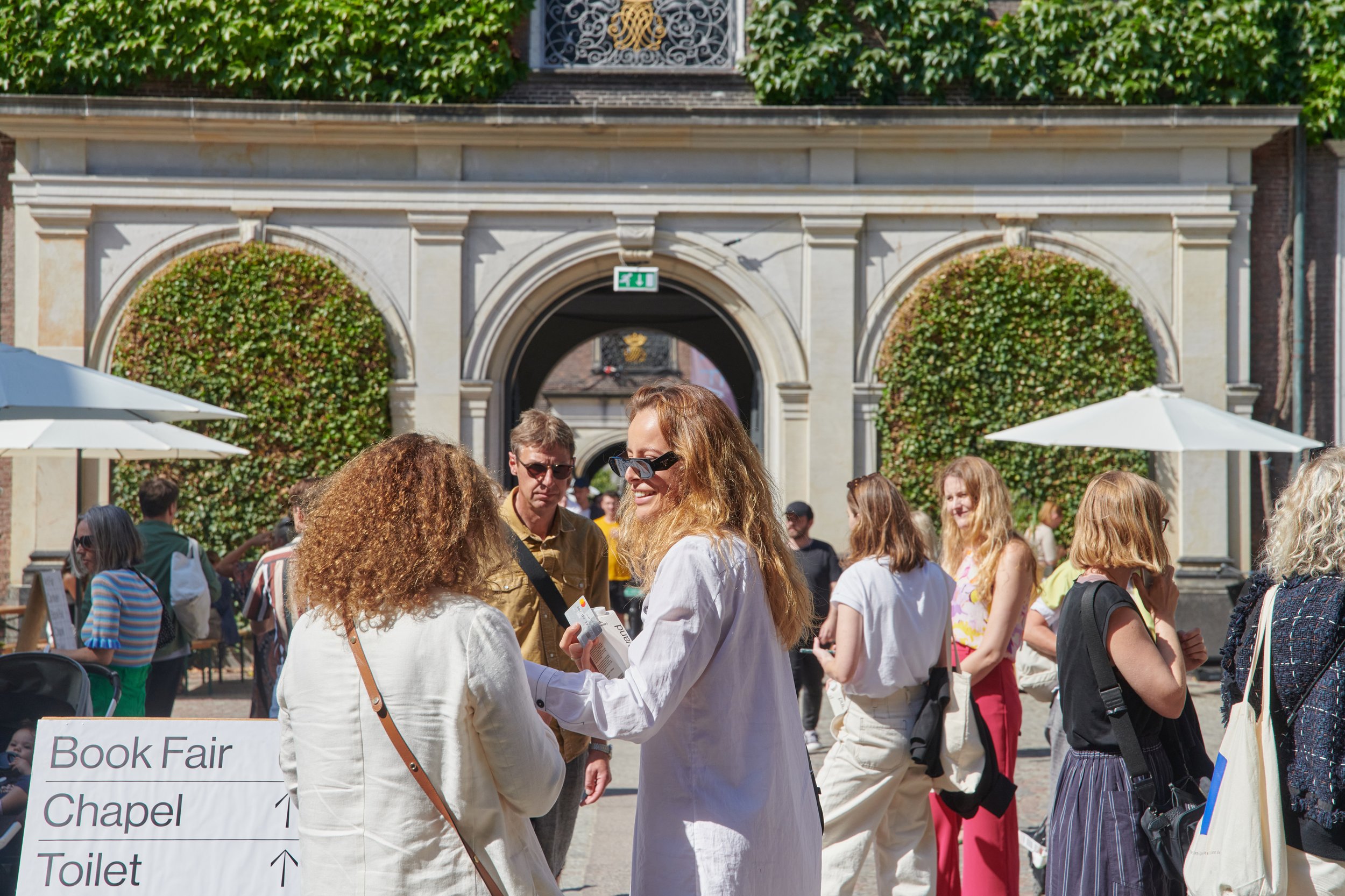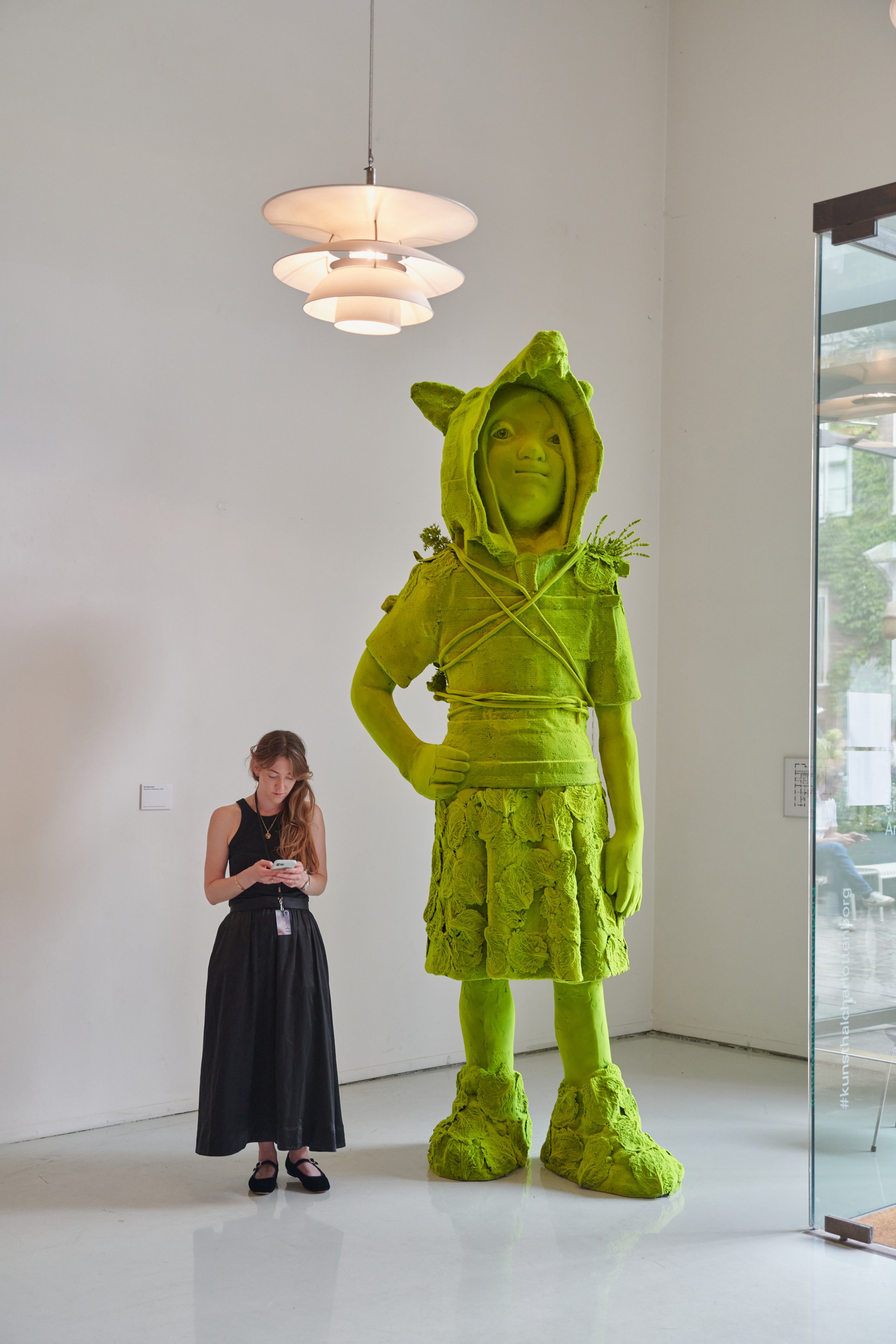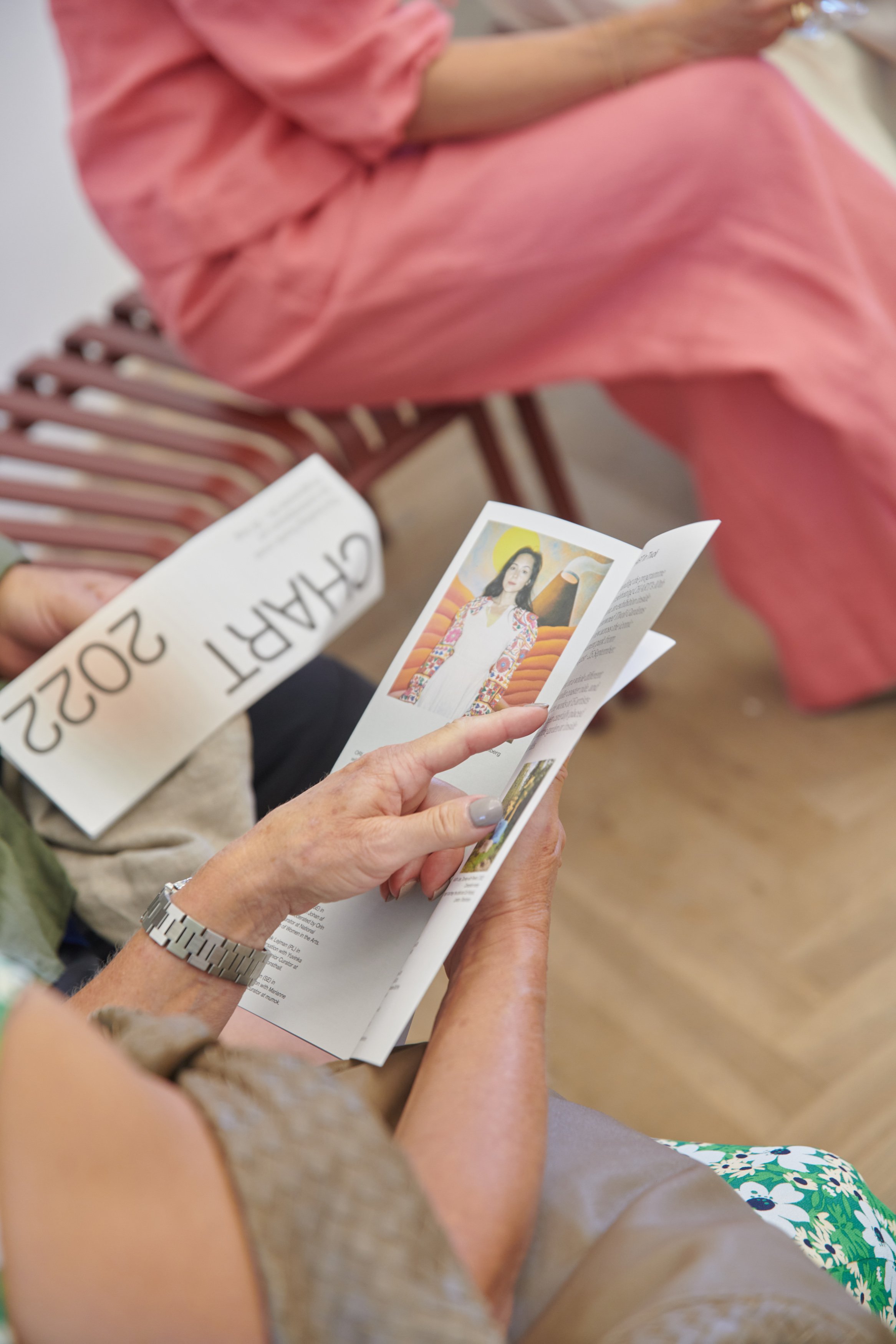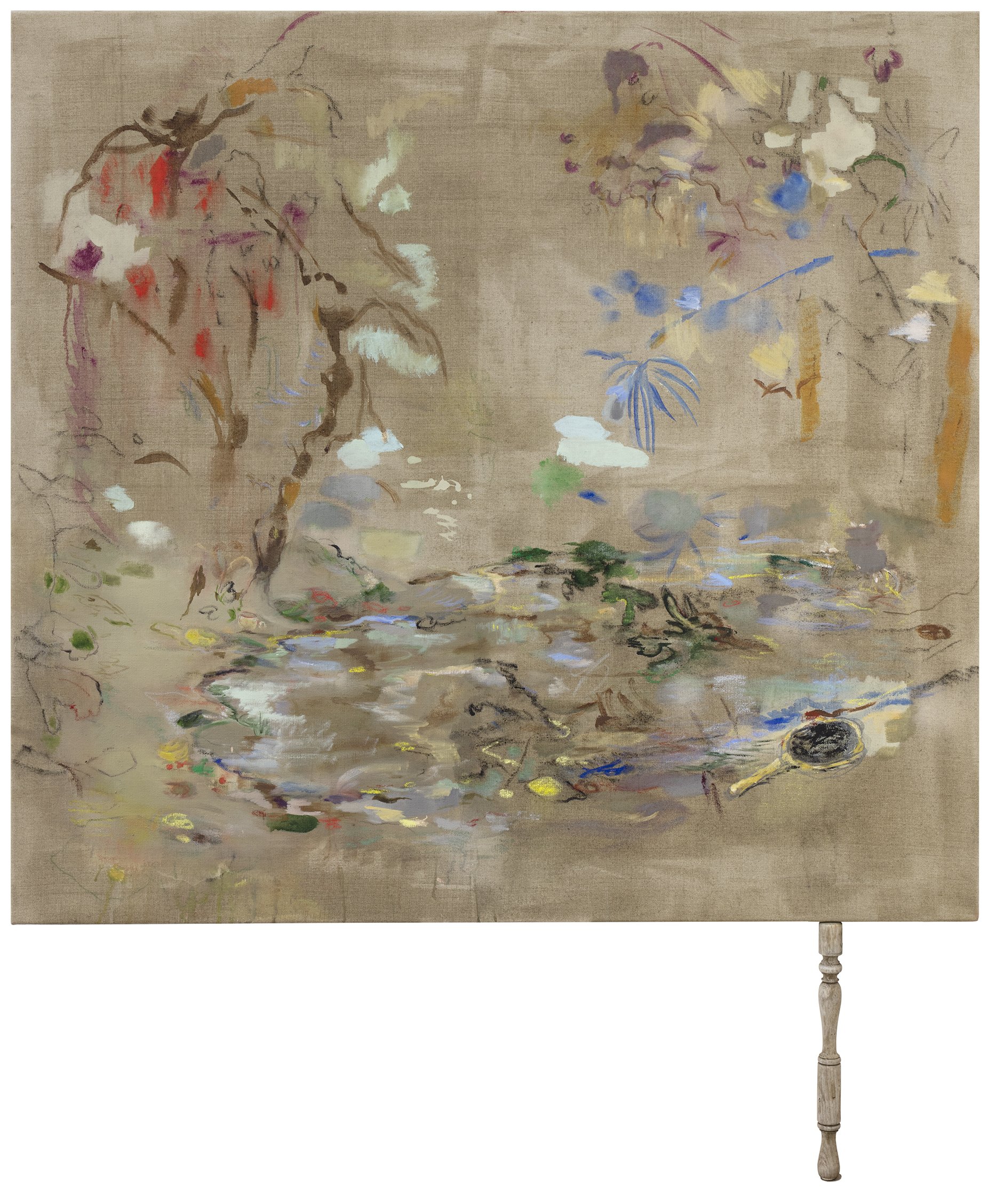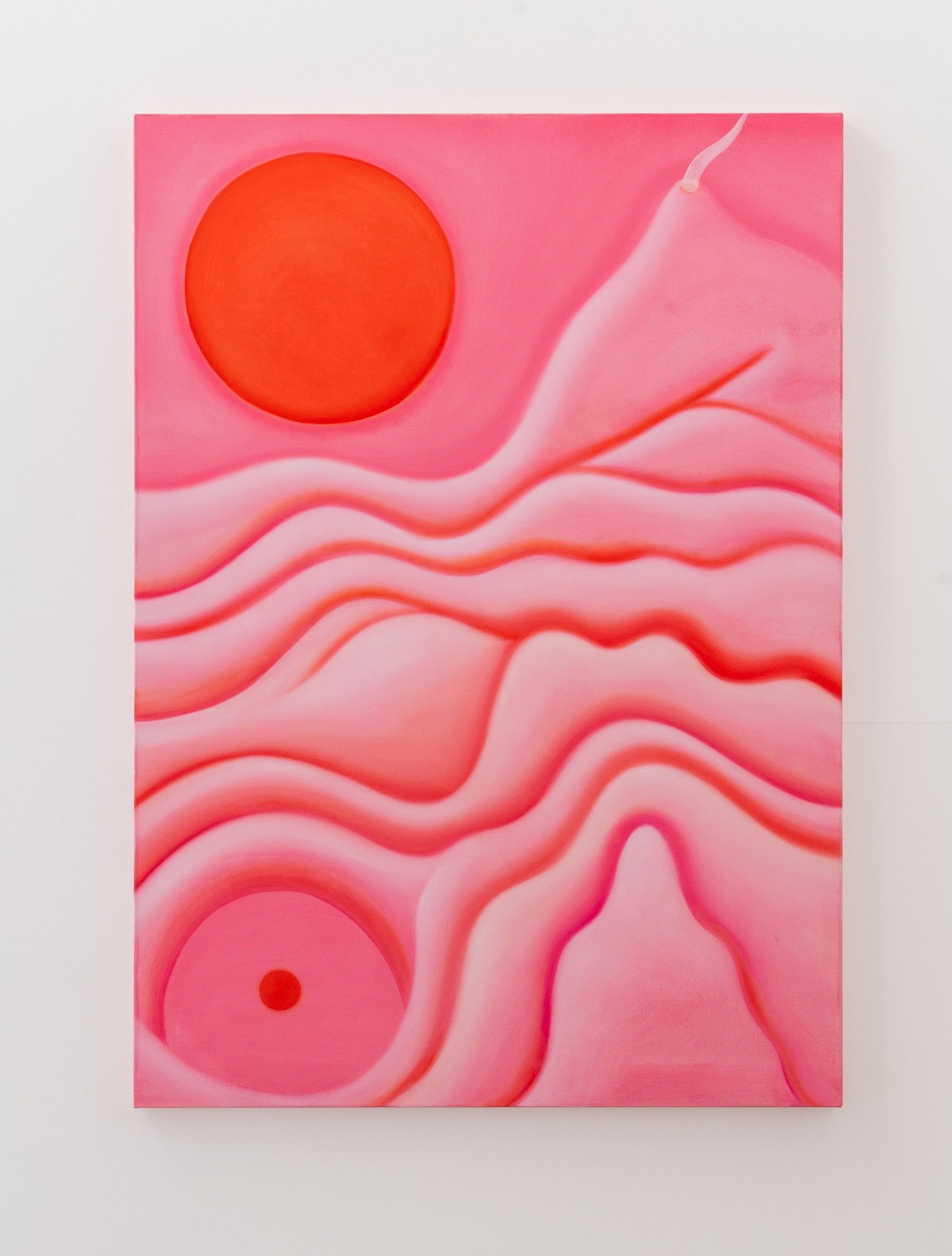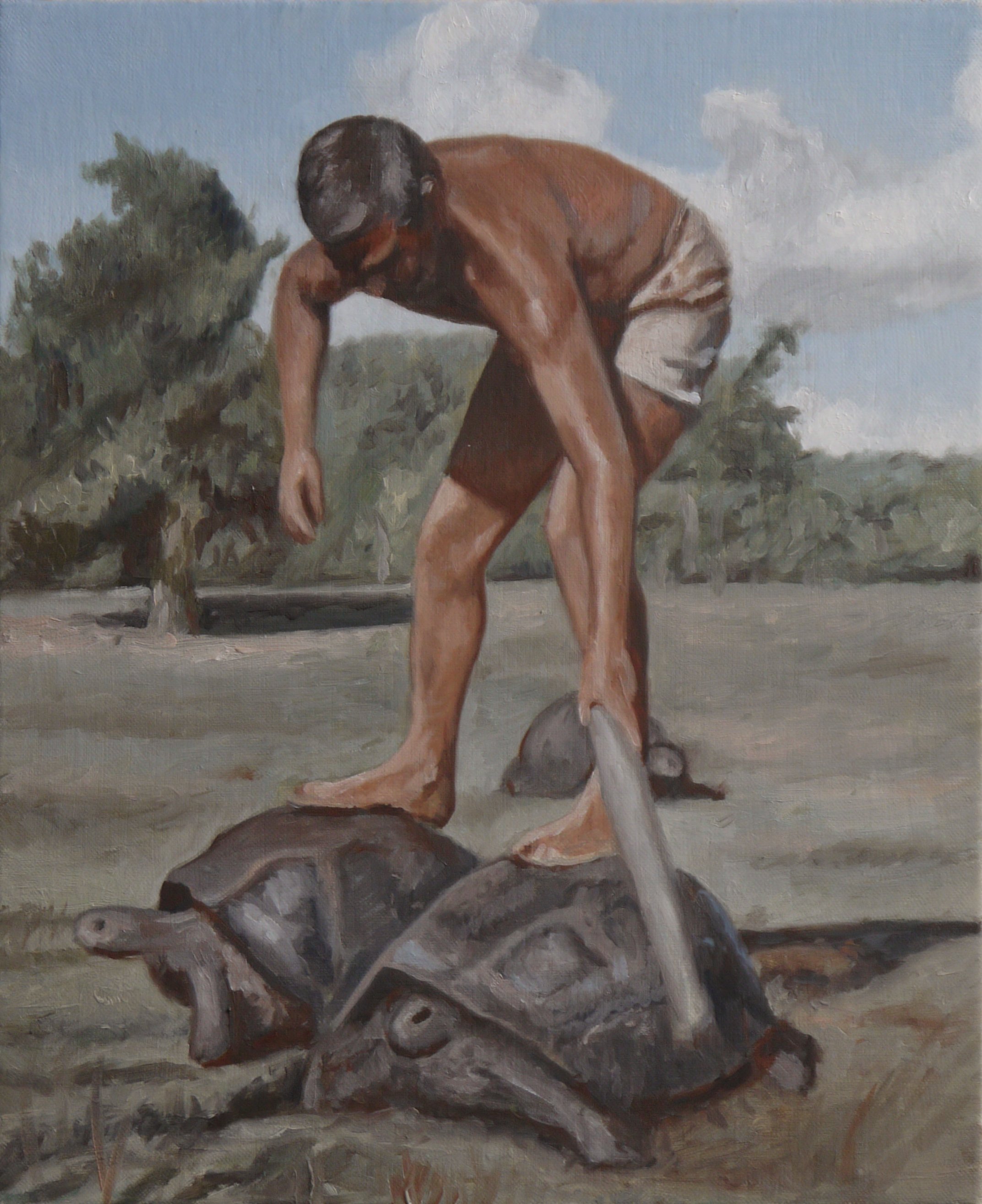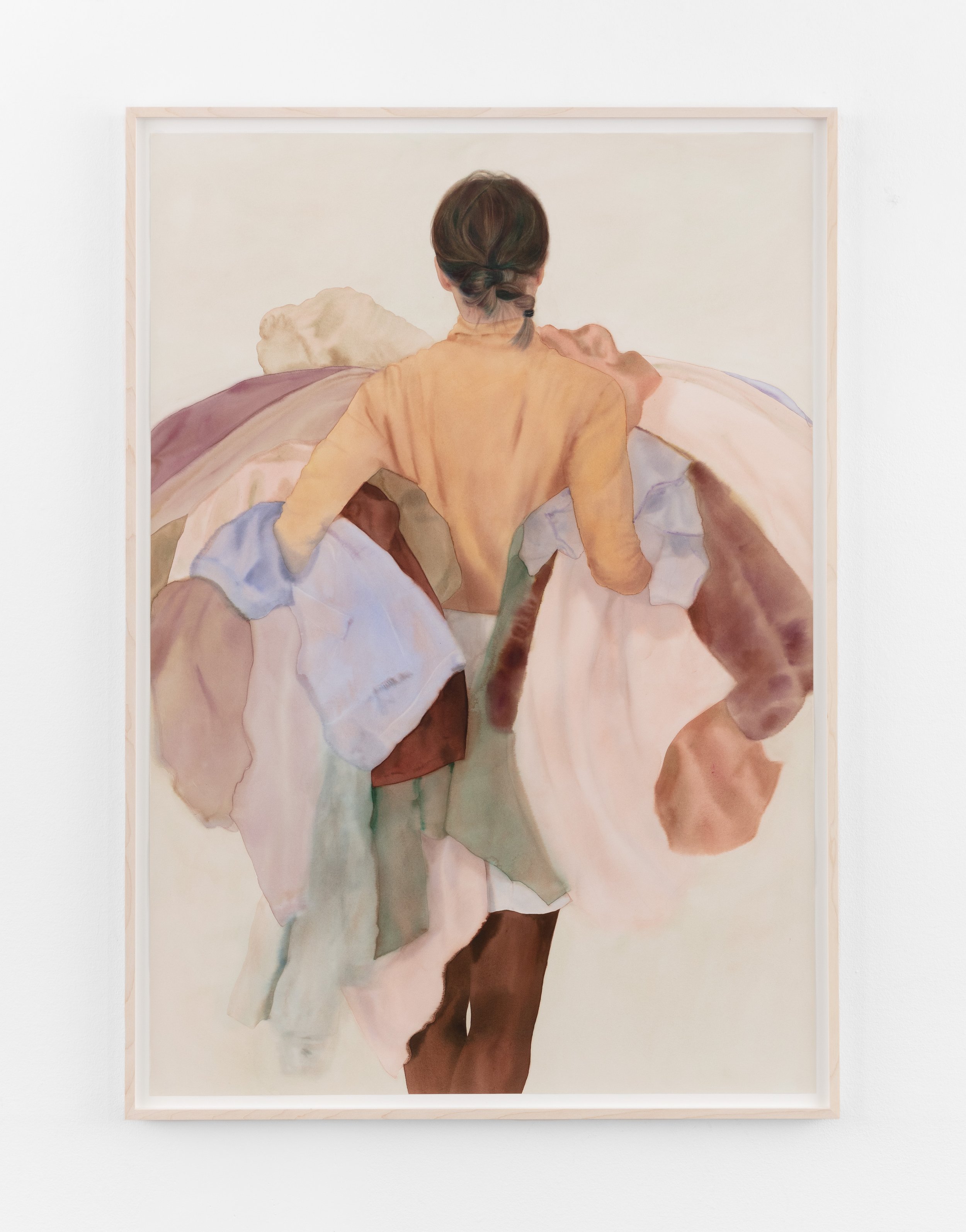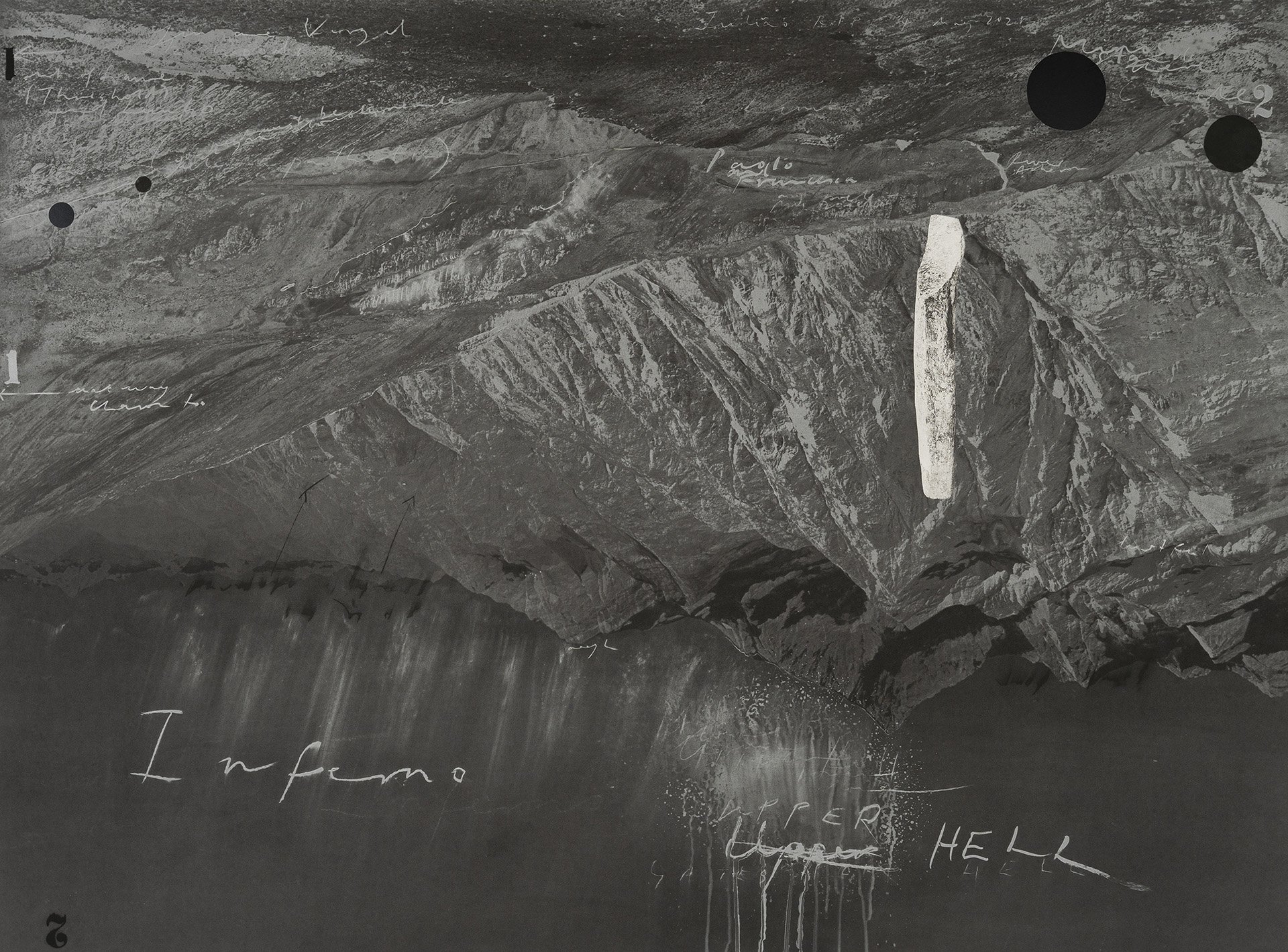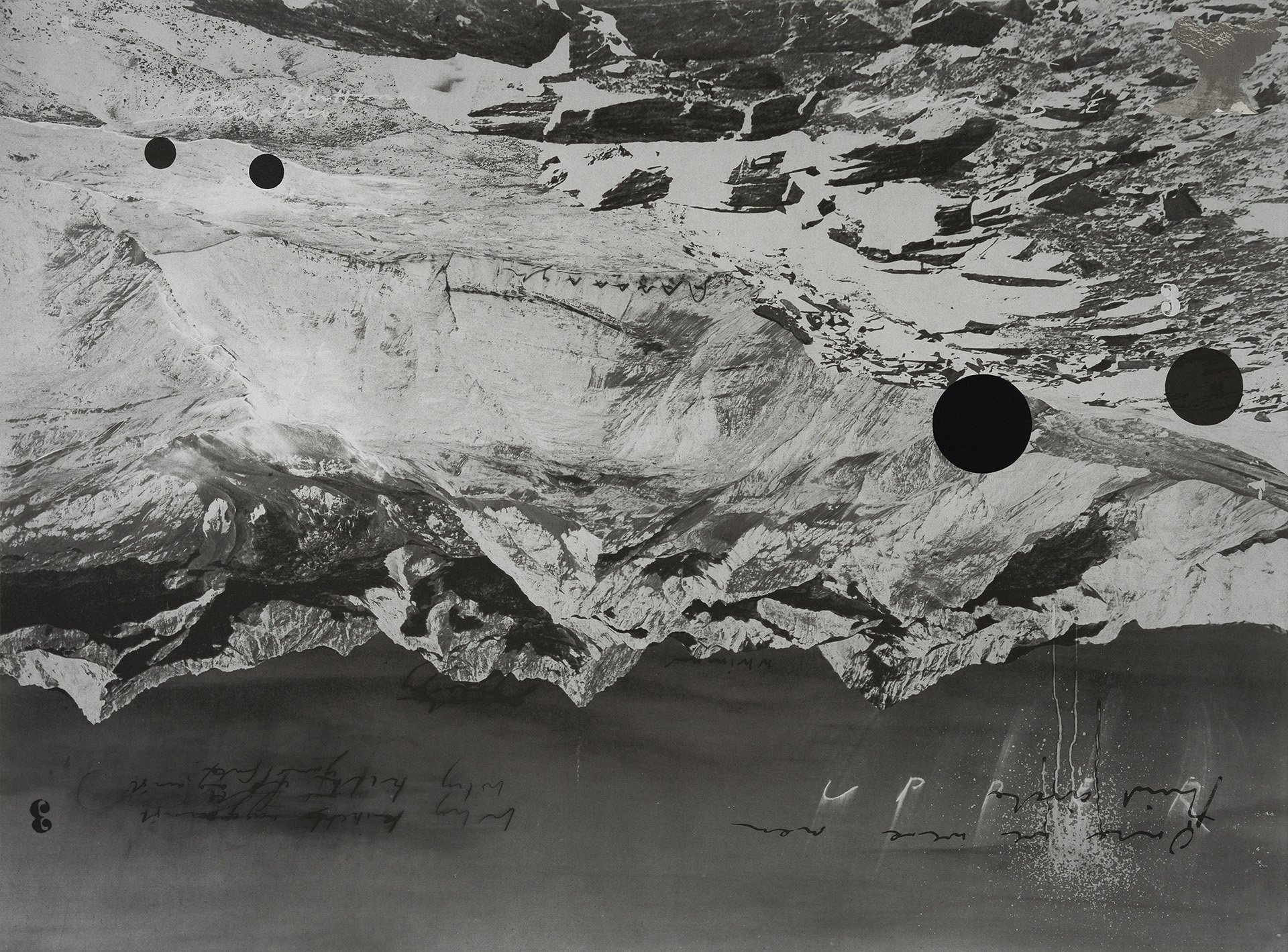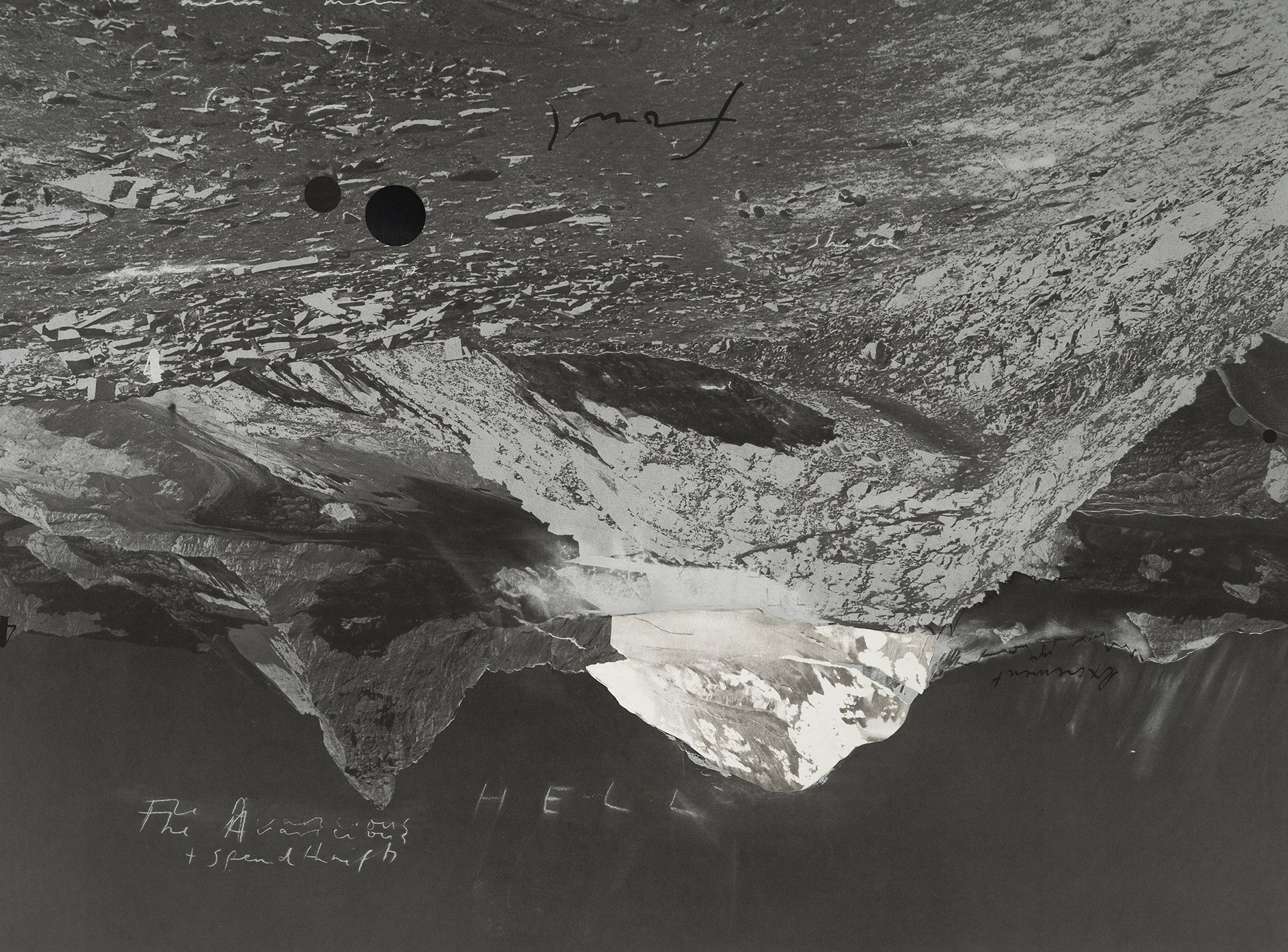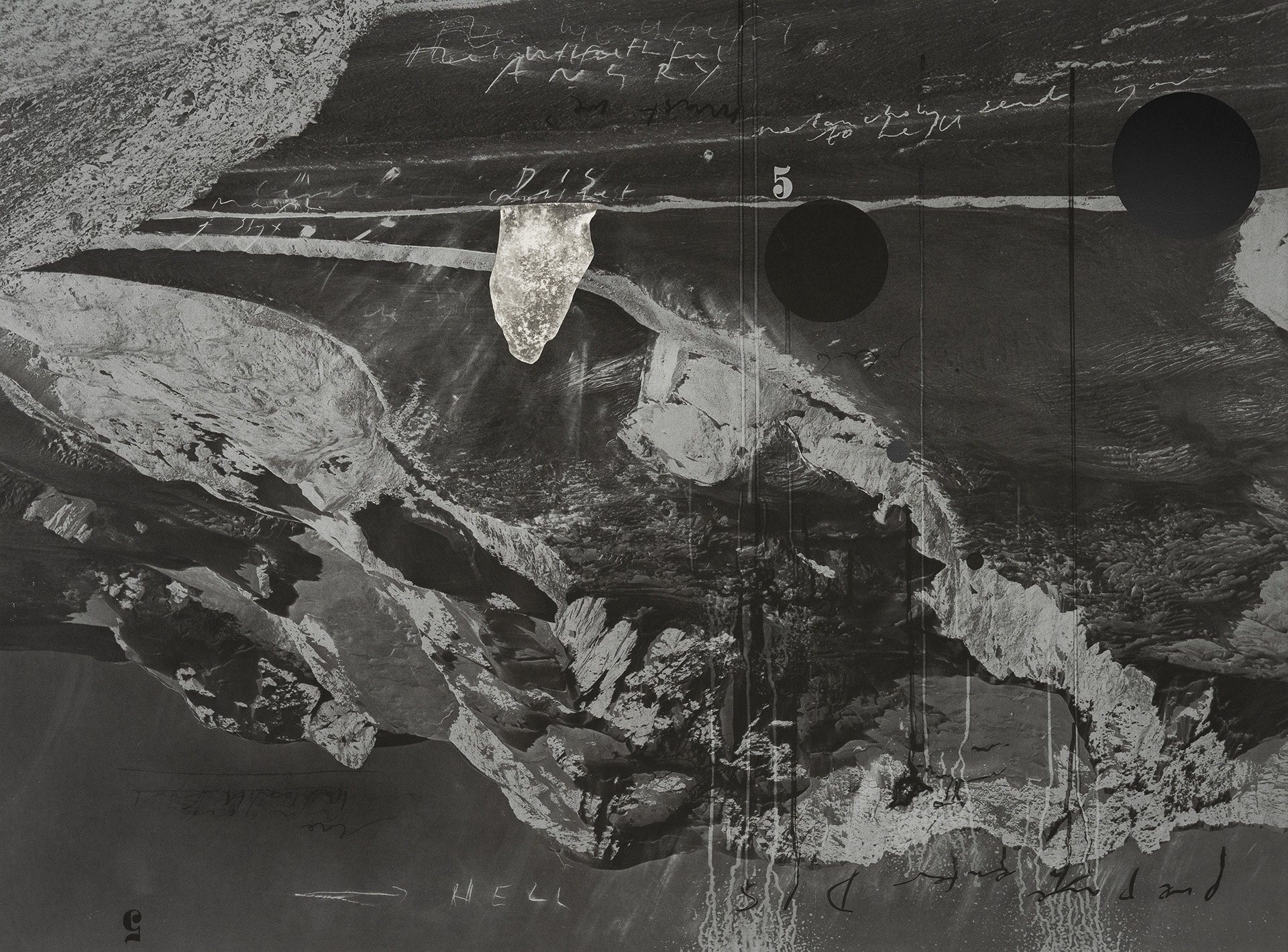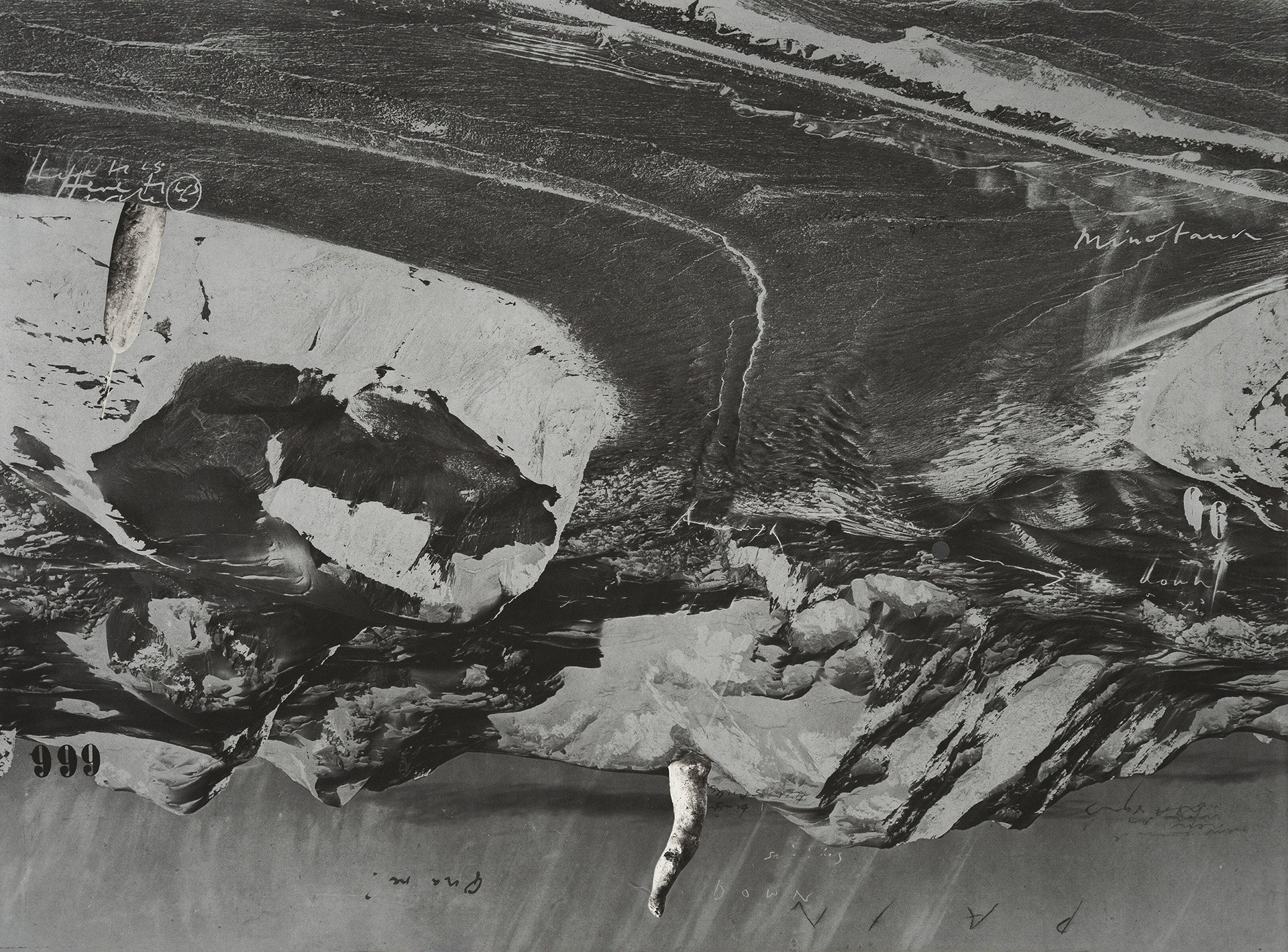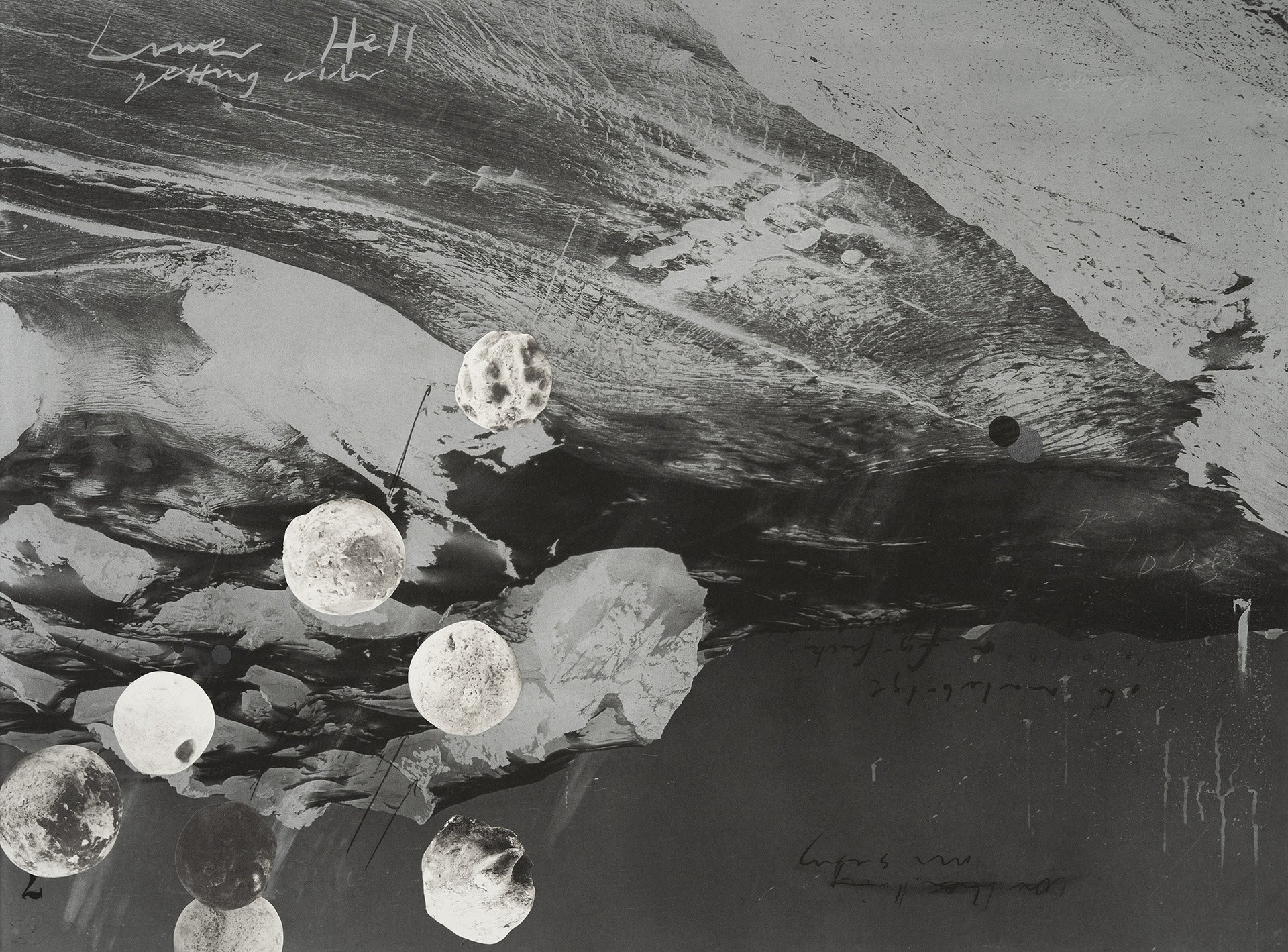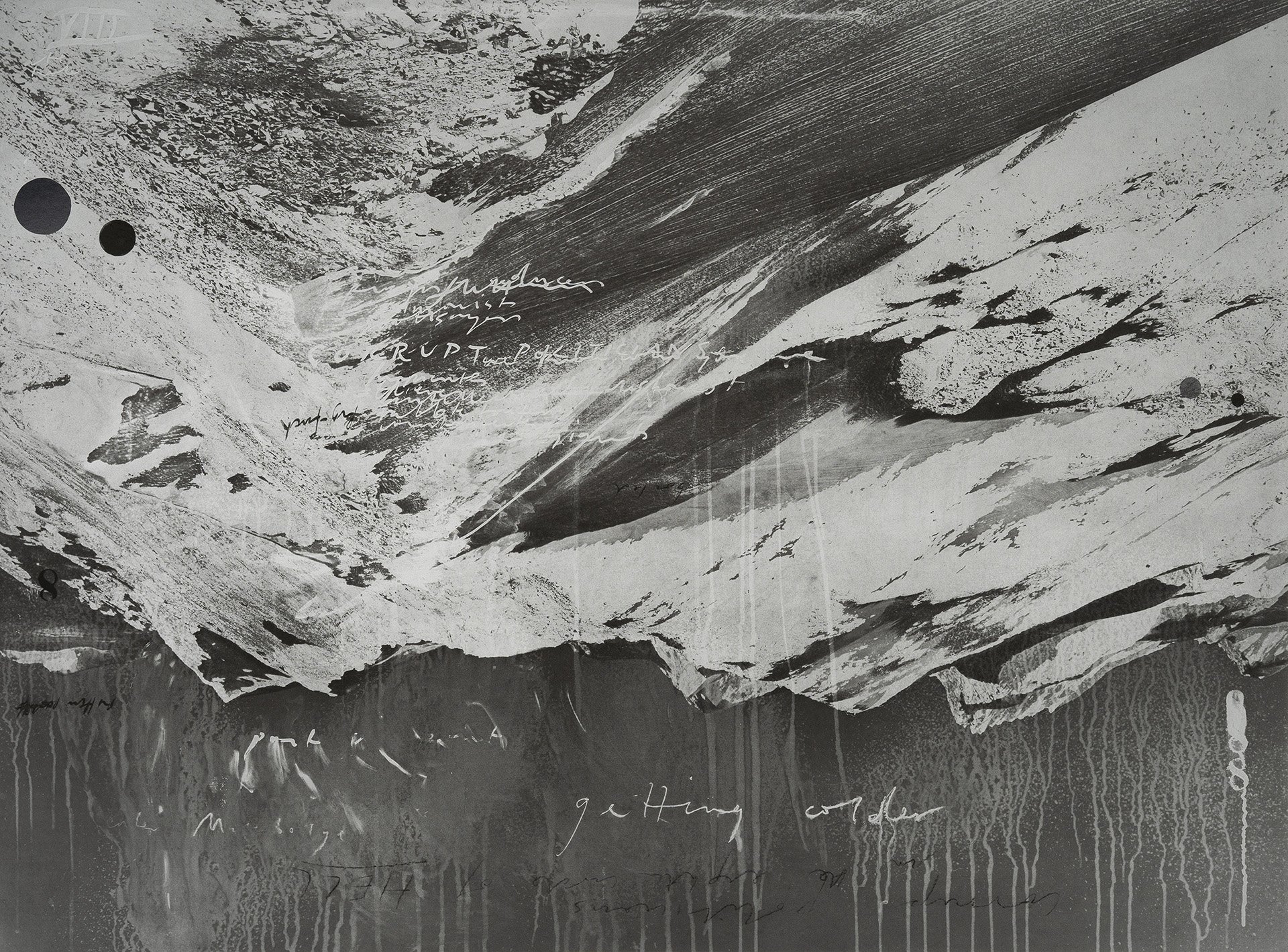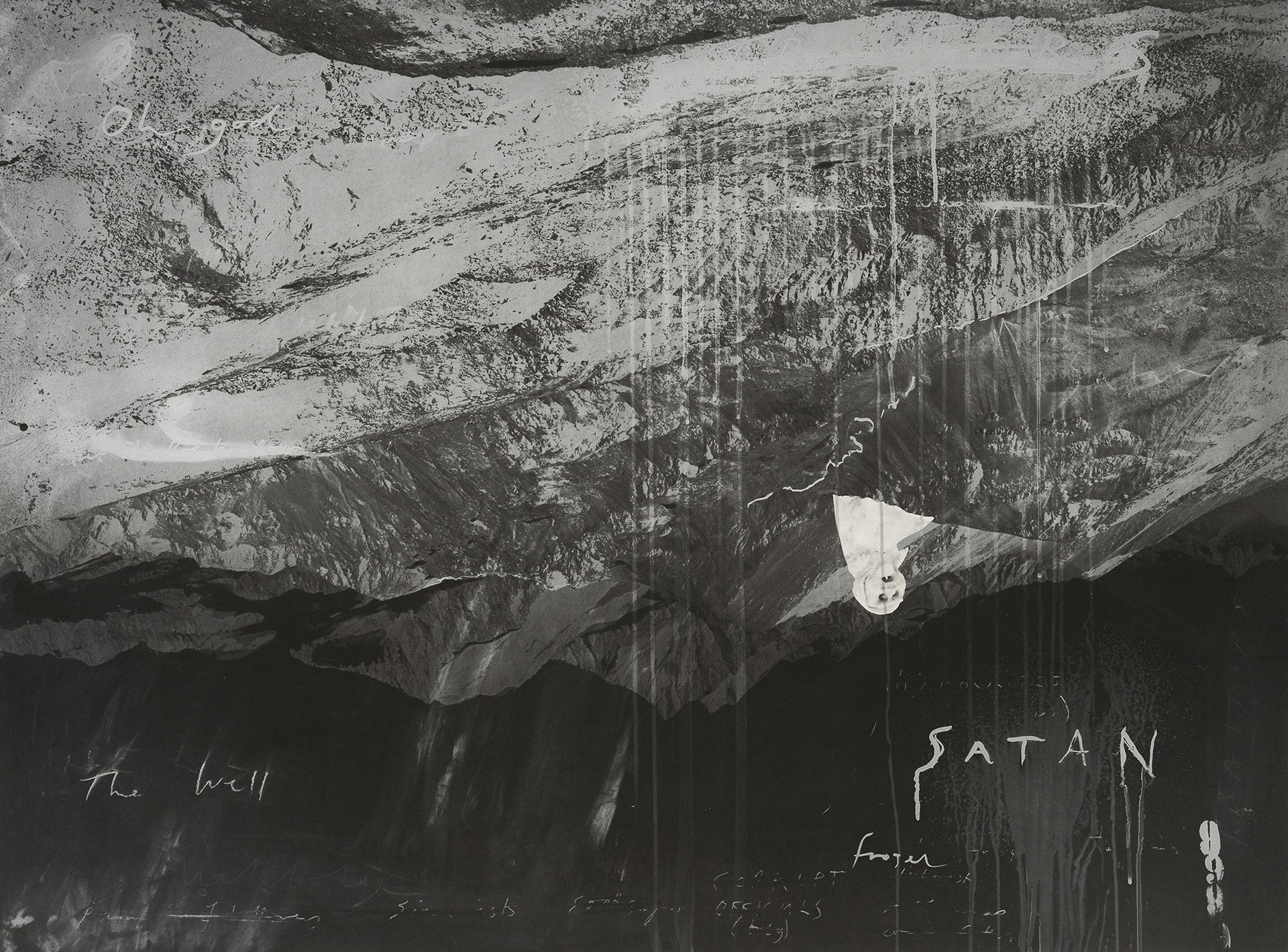text by Lara Schoorl
photographs by Niklas Adrian Vindelev
Last weekend (August 25-28) the Nordic art world gathered in Copenhagen for the 10th edition of CHART. For four days visual art, books, music, performance, architecture, talks, food and people filled the rooms and courtyard of Charlottenborg. The art fair was founded in 2013 by six cross-generational, Copenhagen-based gallerists—Claus Andersen, Bo Bjerggaard, Jesper Elg, Mikkel Grønnebæk, David Risley, and Susanne Ottesen—as a not-for-profit. This year they expanded their board with six new members hailing from tech, politics, business and cultural fields. The impetus behind the founding of the fair was to put an international spotlight on the region and to strengthen the local and Nordic art market; now, with the installation of these additional board members, the fair will be steered into a new non-traditional art world business model.
Like all art institutions, CHART was also challenged to reconsider its format and question its purpose during these past years of the COVID-19 pandemic. As a result, the fair decentralized in 2020 and instead took place in galleries across the Nordic capitals Copenhagen, Helsinki, Oslo, Reykjavík, and Stockholm. At that same 8th edition, 100% of the exhibiting artists were women; a collective response from the participating galleries to “highlight the structural challenge of gender imbalance in the art market.” This year’s fair was their “first fully gender-balanced art fair.” For the international audience that was unable to visit all these Nordic galleries, CHART organized a series of online talks and published a reader that is still available for free as a PDF.
The following two years, the fair continued to expand its public programming with a focus on inclusivity and sustainability, introducing an Experimental section with artist-run and alternative art spaces as well as the CHART Art Book Fair in 2021. For this year’s CHART Architectural Competition the theme was Bio-Architecture, inviting architects, artists and designers to create symbiotic relationships between nature and architecture. Reaching wider or different audiences triumphed during this year’s fair. In addition to exhibiting work at Charlottenborg, CHART invited fifteen artists, among whom are Austin Lee, Jasmin Franko and Nanna Abell, to present work inside the Tivoli Gardens—one of the world’s oldest theme parks, which opened its doors in 1843. Rather than your fair ticket, a ticket to the rides at Tivoli will allow you access to these works. The expanse of visitors continues with The Museum of Nordic Digital Art (MoNDA), which launched at the fair with works by ORLAN, Sabrina Ratté, and Morehshin Allahyari that can be found in the foyer of Charlottenborg and with an AR sculpture garden in the courtyard. MoNDA’s first exhibition, “Flags of Freedom,” a solo NFT show by Mette Winckelmann, can still be visited via the QR code on their website. It quickly became clear that new initiatives were a defining imperative of CHART 2022.
Noticeably different from the past years is that about a dozen more spaces participated in the fair, thirty-eight in total. All of them located in the Nordic region, although some galleries have spaces or viewing rooms elsewhere, such as Carl Kostyal in London and Milan. Others collaborate or engage in projects in the US such as the Norwegian Galleri Brandstrup with Sean Kelly Gallery in NYC and Loyal Gallery as a NADA member respectively. While the fair is structurally and conceptually moving forward, many of the works in the fair still felt more traditional materially, in the sense that the majority were wall works. Some beautifully refreshing nonetheless. Such as Emma Ainala’s surrealist paintings in which fairytale and nightmare meet shown by Helsinki Contemporary, or Anna Tuori’s gestural canvases presented in a collaborative installation with Jani Ruscica’s wall painting and video work for Galleri Anhava. But also the solo presentation at Carl Kostyal of Camilla Engström’s warm paintings that leave us longing for a gentle end of summer—especially in the northern Northern Hemisphere. Remarkable as well was Tacita Dean’s ten-meter-long photogravure, Inferno (2021), at BORCH Editions. The print, inspired by the stage and costume design Dean made for The Dante Project, a ballet on the occasion of the 700th anniversary celebration of the poet’s death, asks you to follow Dante and Virgil, depicted as two dots, across eight parts through the circles of hell, in an upside-down landscape scattered with textual fragments from the Divine Comedy and occasional satanic references like 666—leaving us hover between punishment and play for ten big steps.
The art book fair, equally manageable in size with twenty-seven tables, hosted publishers, (art) book and print makers also all based in Denmark, Finland, Iceland, Norway, and Sweden. And also ranging from 1980s staples such a Space Poetry to brand new initiatives such as Halden Workshop. Interestingly, however, several operate between various languages and continents. Kinakaal (Norwegian for Chinese cabbage), a multilingual press run by Ben Wenhou Yu and Yilei Wang, which exists alongside their art space Northing in Bergen, for example, fosters communication between Norway and East Asia. To facilitate dialogue and connection between these different cultures, their publications often have Norse, Chinese, and English texts presented together. Then, Halden Workshop, a new (residency) program for book arts, in Halden, Norway offers workshops and studio space with access to letterpress, bookbinding and paper making assistance. The program is organized by Radha Pandey, a letterpress printer, and papermaker, and scholar of paper and book arts, and Johan Solberg is also a papermaker and scholar, letterpress printer, and a bookbinder. While the workshop is located in Halden, they spend half of the year in Delhi, India where they both teach and continue (to share) their practice.
Tacita Dean, Inferno, 2021. Detail. Photogravure with screen print in eight parts, 89,5 x 956 cm framed. Image courtesy the artist and BORCH Editions
Many of the publishers and presses are one, two or three-person endeavors, some are part of institutions, others run small art spaces alongside their publishing arms. Although definitely a labor of love—see CULT PUMP’s multi-color silk screen printed comic and art books and zines—these publications and their makers form a tight regional community that reaches far beyond the Nordic countries. Hour Editions, run by Kristina Bengtsson and Kevin Malcolm, came into being in 2013 out of the communal question “What is the artist’s work?” and the sentiment “If we can’t change the system, at least we can try together.” Malcolm also runs the exhibition space Vermillion Sands, for which Hour Editions has made poetic extensions of several of their shows, with the most appealing titles. Calling All Divas on the occasion of “Inside me with Incredible Intensity” with Martin Jacob Nielsen and Tyler Matthew Oyer is a beautiful and empowering tribute to many known, lesser known, and overlooked “queer artist mentors” who lost their lives to HIV/AIDS; and I like to stare at things that cannot be read. Only in that way can the present be remembered. I need a menu to wash my car. on the occasion of the eponymous show by Mikko Kuorinki brings together the poetry of Jenny Kalliokulju, Karl Larsson, Henning Lundkvsit and Amalie Smith.
For four days a lot was to be seen, listened too, talked about and tasted, but not too much. The size of CHART, including its new and additional programs and collaborations, invites you to linger, take time, and revisit. It is, after all, just a walk across the courtyard between Diana Al-Hadid’s sculptural wall panels (of which the layering and myriad of materials ask for multiple observations) and At Last Books to read Lindsay Preston Zappas’ text on David Risley’s watercolor series Against God. Against Guns. Against Energy.
Diana Al-Hadid, In the Year AD 832 Large Stones Were Thrown From the Sky, Breaking the Copper Earth, Etc., 2019. Polymer gypsum, fiberglass, steel, plaster, copper, leafing, pigment. Dimensions: 160 x 210 x 10 cm. Image courtesy the artist and Galleri Brandstrup, Oslo

